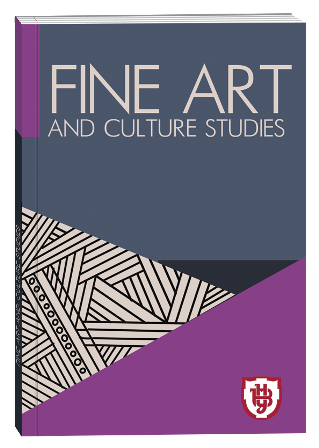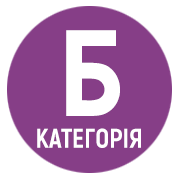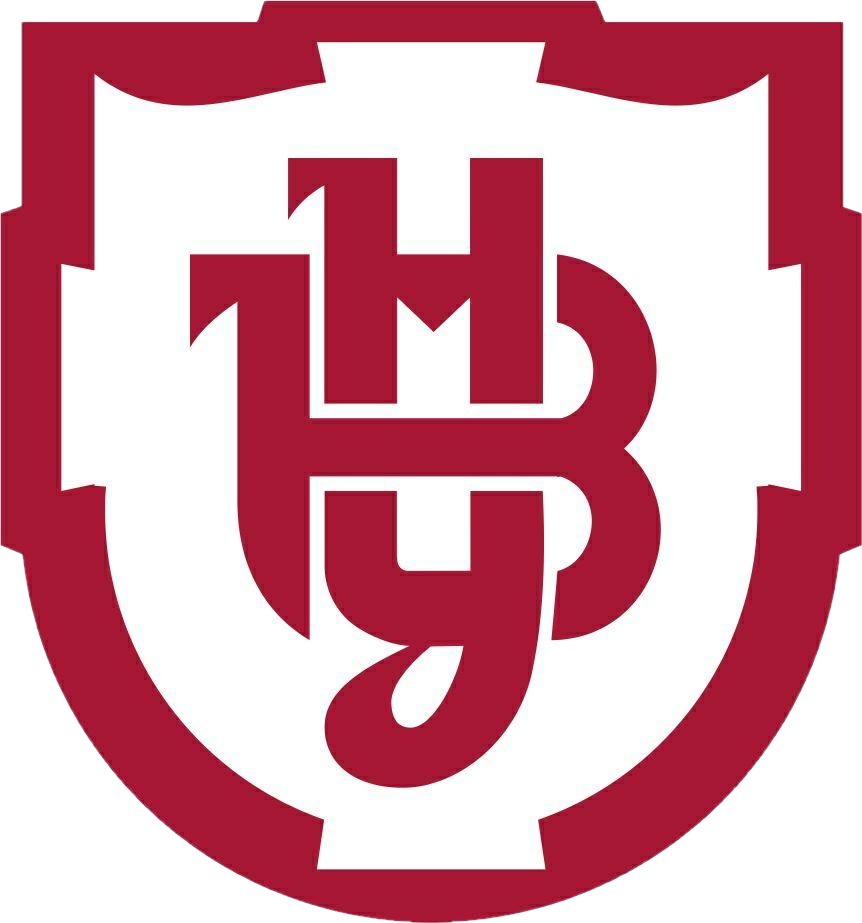REGIONAL DIFFERENCES IN THE BLACKSMITHING ART OF BUKOVYNA AT THE END OF THE 20TH ‒ THE FIRST QUARTER OF THE 21ST CENTURY
DOI:
https://doi.org/10.32782/facs-2025-2-26Keywords:
artistic metal, blacksmith festivals, metal sculpture, applied arts of BukovynaAbstract
This publication examines the specifics of the development of artistic blacksmithing in the Bukovyna region in recent decades in the context of determining its place in the Ukrainian art of forged plastic. The purpose of the work. To analyze the typological and stylistic features of blacksmithing in Bukovyna in comparison with the progress of this type of decorative art in other regions of Ukraine. Scientific novelty. This study provides a description of the work of blacksmith artists, firms, and workshops, and reveals the sign system used by the masters. Methodology. In the process of studying the topic, various principles and research methods were applied: the principle of systematicity, the method of art historical analysis made it possible to determine stylistic features inherent in the works of individual authors and the artistic metal of the region in general. Conclusions. The consideration of the differences in the plastic solution of the works of Bukovyna blacksmithing, as a significant component of modern applied art, is based on the analysis of a significant number of products, made mostly for the urban environment (decoration of public buildings, parks, squares, private buildings).The use of geometric, animalistic or associative decor in the works of blacksmiths not only harmoniously combines with the construction of buildings, but also testifies to the personal artistic preferences of the authors, determining the stylistic features of the works, contributing to the recognition of their manner of execution. This is manifested both in the application of certain technical methods and in the structure of the composition, the interpretation of motifs, and the plasticity of forged works. Modern blacksmithing of Bukovyna often combines elements and forms inherent in various types of art, and the desire to preserve the authentic appearance of forged plastic and the use of traditional ornaments is combined with innovative searches (wall pannels by O. Didyk, works by S. Kovaluk, K. Kravchuk). A. Hort and I. Verenko use the heritage of Secession in their work, O. Zhebchuk interprets Art Deco motifs. The variety of implementation of ideas is marked by the products of private workshops: I. Tsurkan, „Style Lux“ by I. Bombushkar, „Hephaestus“. An important feature of the modern artistic process is the annual (until 2022) holding of blacksmithing festivals, which brings Chernivtsi into contact with other cities of Ukraine, in particular, Ivano-Frankivsk, Lviv, introduces foreign blacksmiths to the work of Bukovyna authors and promotes the exchange of experience between them.
References
Боньковська С. М. Ковальство на Україні (ХІХ – початок ХХ ст.). Київ : Наукова думка, 1991. 110 с.
Бушина Т. Декоративно-прикладне мистецтво Радянської Буковини. Київ : Мистецтво, 1986. 127 с.
Вандюк Л. Віденські впливи на архітектуру Чернівців (1775‒1918). Архітектурна спадщина Чернівців австрійської доби / Упоряд. П. Рихло. Чернівці : Золоті литаври, 2003. С. 81‒88.
Дугаєва Т., Міщенко І. Митці Буковини. Т. 1. Чернівці : Золоті литаври, 1998. 128 с.
Жебчук О. М. Коло друзів. Ковальська майстерня. 2006. № 4 (6). С. 100.
Матоліч І. Я. Сучасна кована металопластика Івано-Франківська: дизайн та художні особливості. Вісник Закарпатської академії мистецтв. 2024. Вип. 15. С. 116−123.
Невойса О. В. Розповідь Чернівецького «Кондора». Ковальська майстерня. 2013. № 1 (31). С. 84.
Селівачов М. Р. Лексикон української орнаментики: (іконографія, номінація, стилістика, типологія). Київ : АНТ. 2005. 399 с.
Фальова С. І. Жовтневі фестини у Чернівцях подвійне свято в родинному колі. Ковальська майстерня. 2008. № 4 (14). С. 24−25.
Шевченко Н. Д. Чернівці: 100 відомих адрес. Чернівці : Зелена Буковина, 2007. 190 с.
Шмагало Р. Художній метал України ХХ − поч. ХХІ ст. Енциклопедія художнього металу. Т. ІІ. Львів : Апріорі, 2015. Т. ІІ. 276 с.







